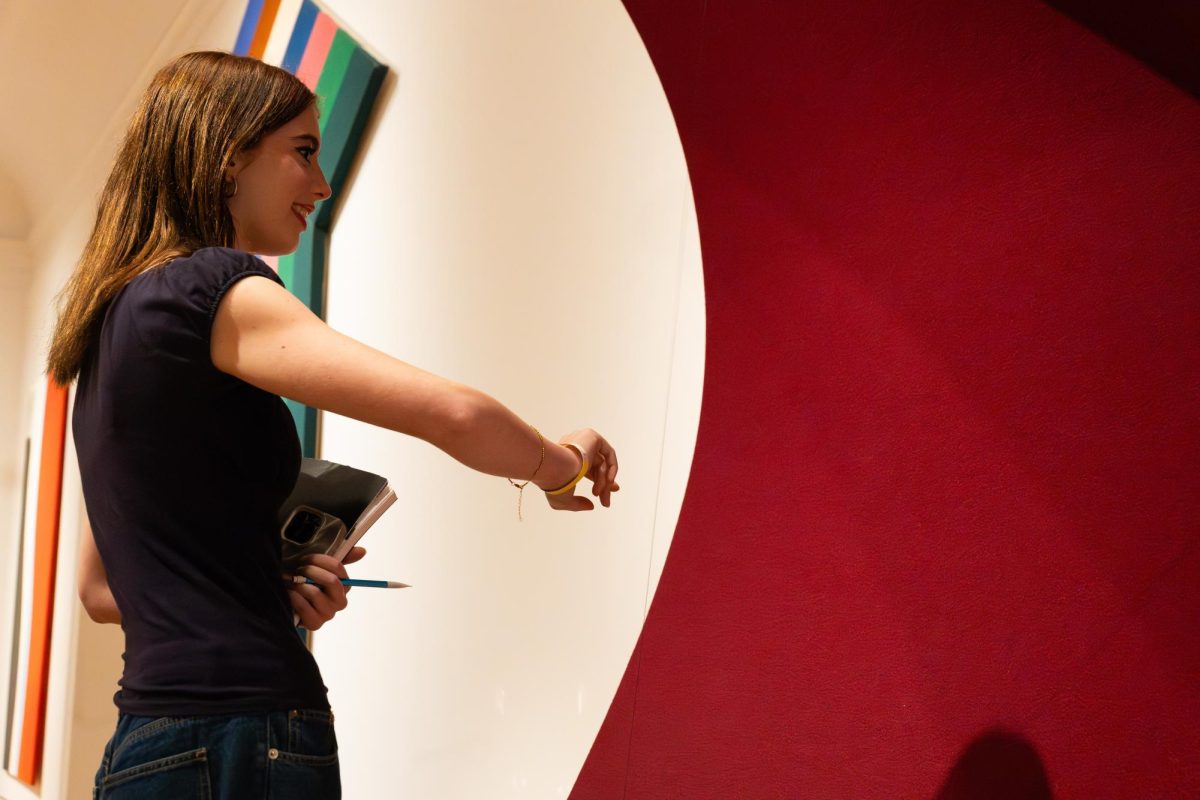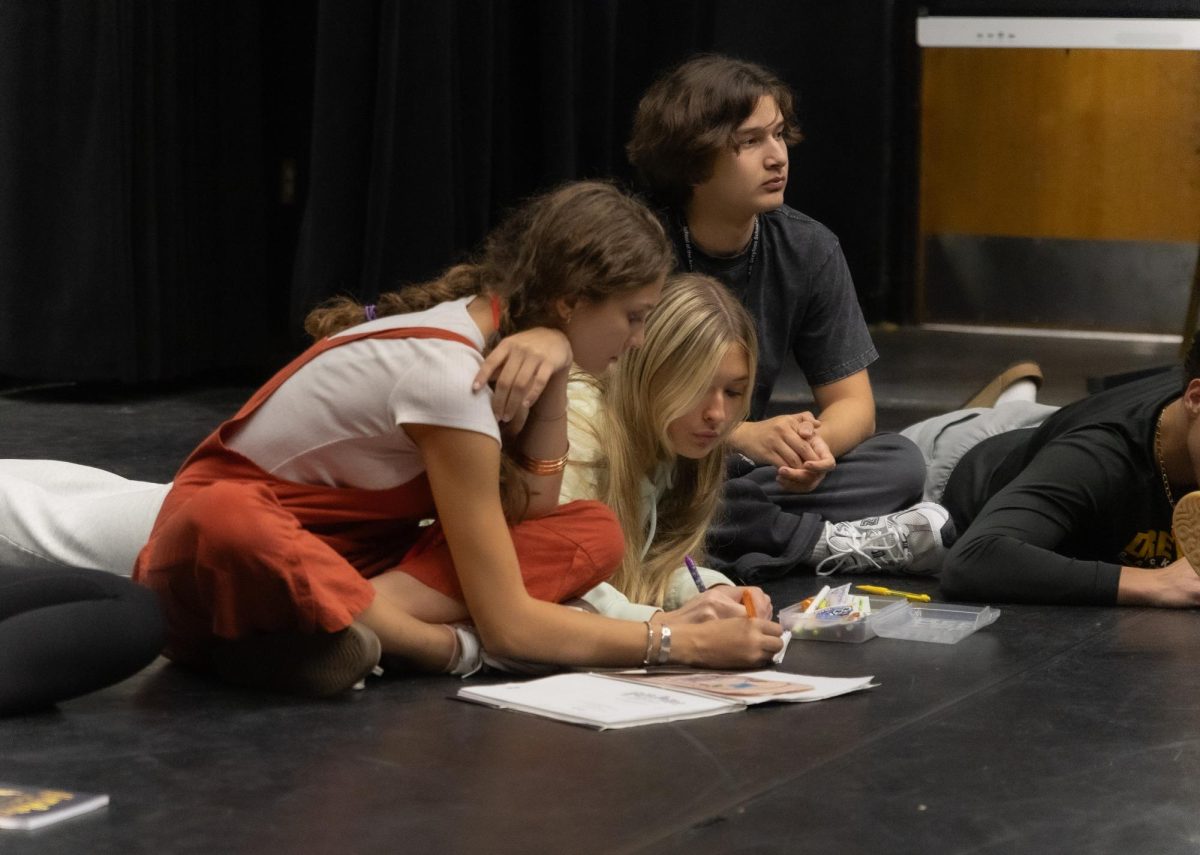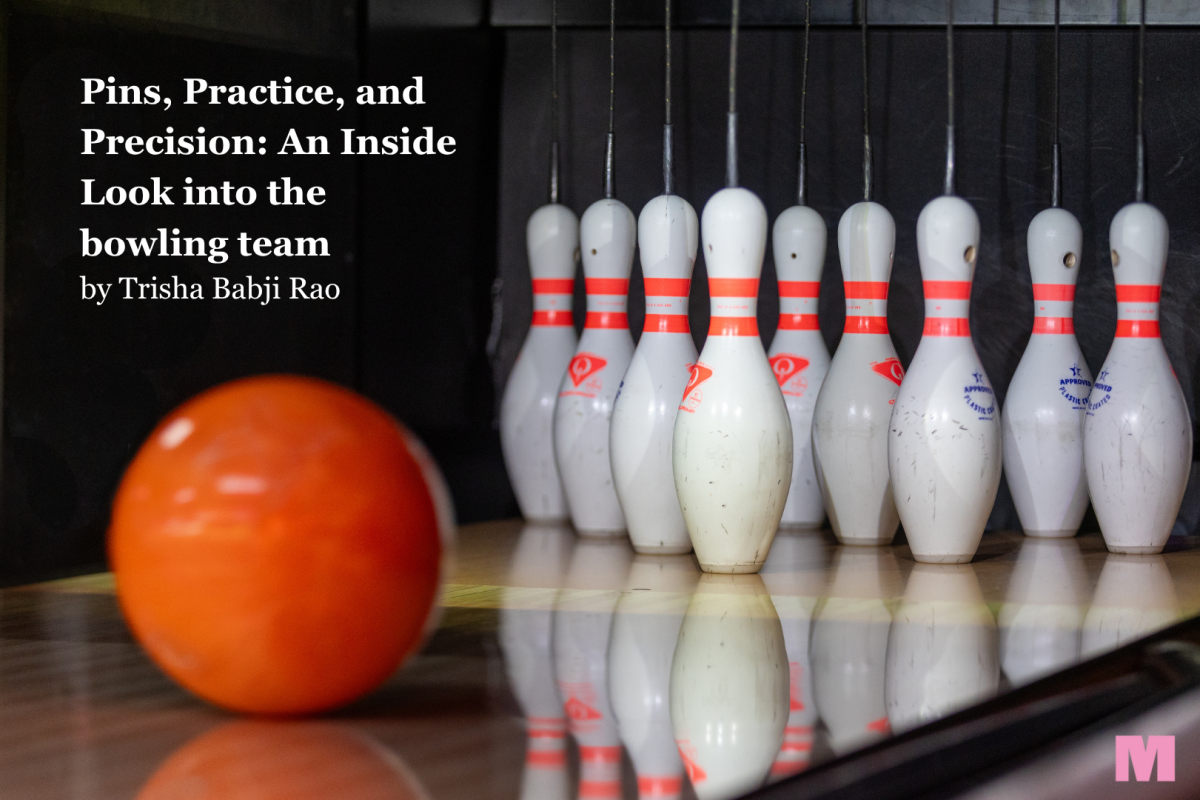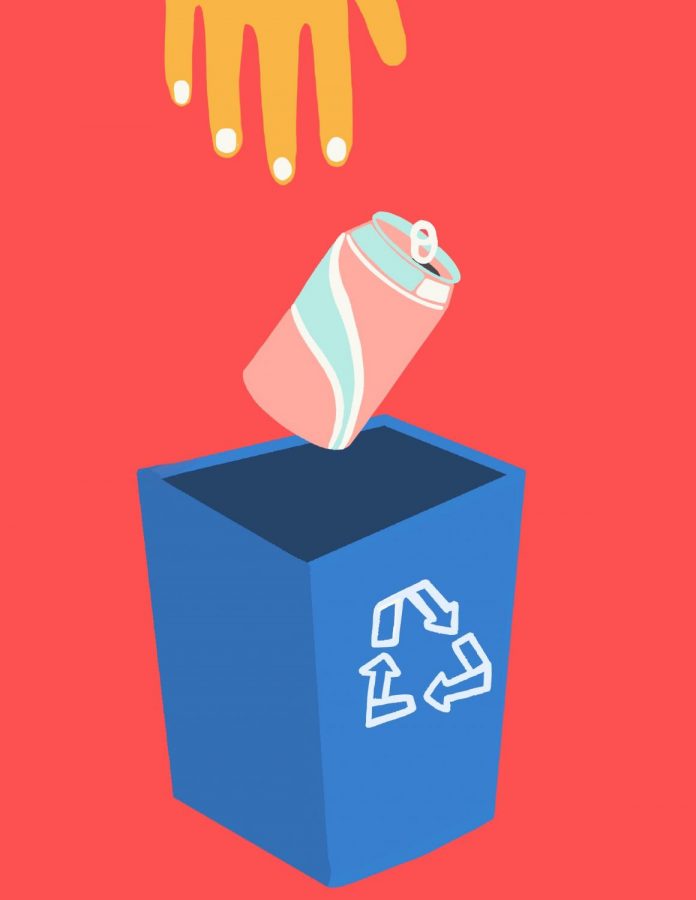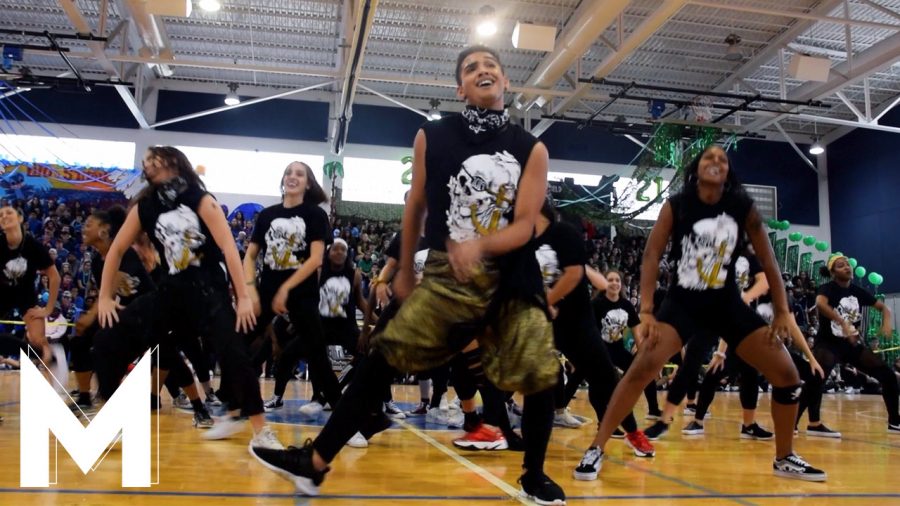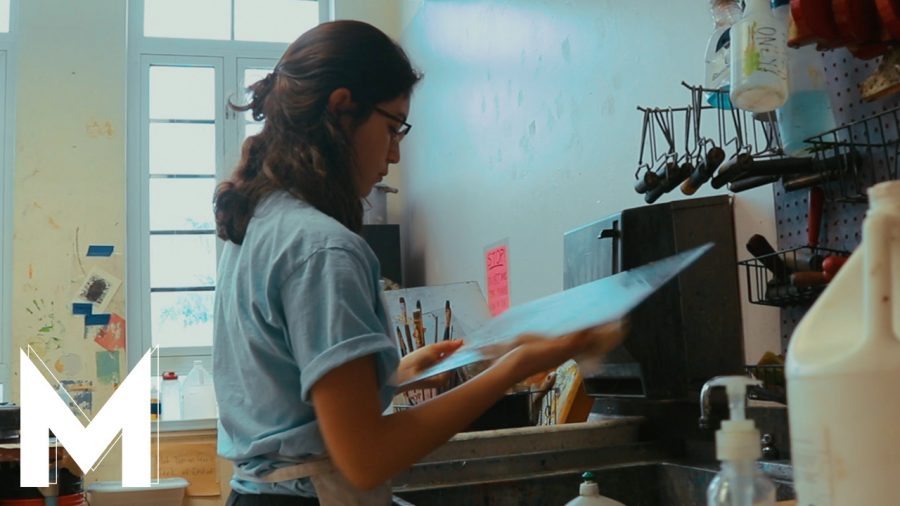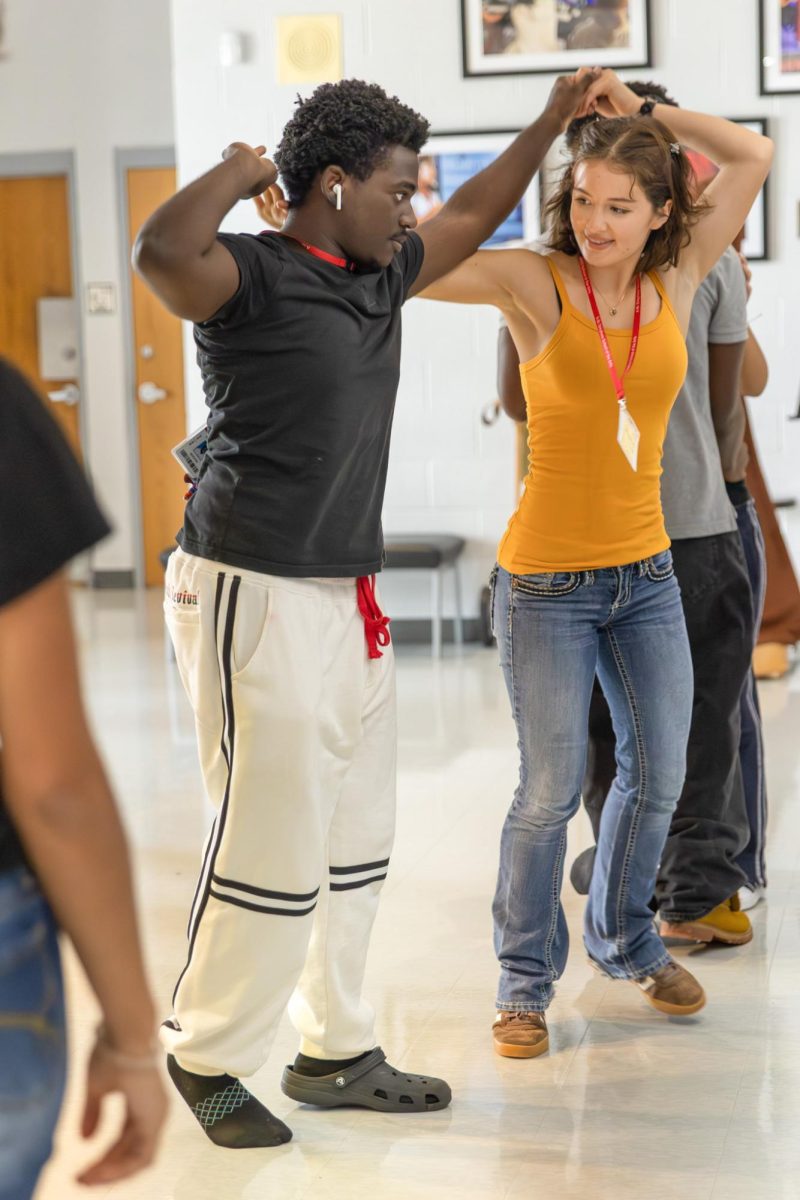In thrift stores, rows of clothing racks stretch for miles, and columns of bins are stacked upon each other filled with clothes from various brands sold at a third of the price. Thrifting is the practice of purchasing secondhand clothing, accessories, and household items at thrift stores, flea markets, or online resale platforms.
NPR (National Public Radio) states that Generation Z accounts for over 40 percent of global consumers. Thrifting appeals to those seeking vintage pieces, budget-friendly items, and eco-conscious alternatives to traditional fashion. In fact, according to a casual survey from The Muse, 72.5 percent of students have thrifted clothes before.
“It doesn’t matter how much you spend on an article of clothing, so long as you have the intention to wear it for as long as possible or be sustainable with how you wear your clothing,” theatre senior Rikki Crossland said.
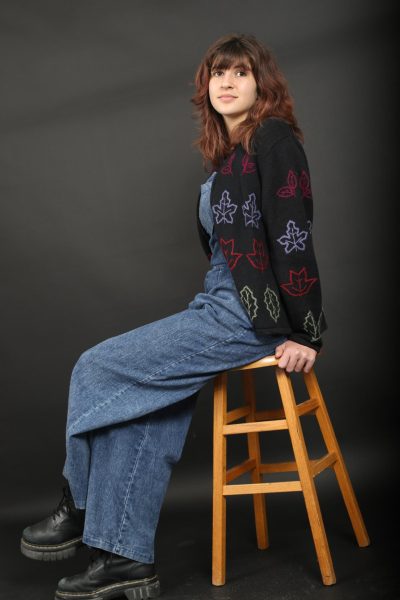
The growing awareness of fast fashion’s environmental impact has led consumers to embrace secondhand shopping as budget-friendly and eco-conscious. Many people, including Crossland, communications sophomore Carolyna Ormeno, and digital media junior Sabastyan Henriquez, have turned to thrifting to find sustainable clothing and reduce waste. Along with thrifted clothes being more sustainable, they sell at a much cheaper rate than traditional retail.
“I would always see TikToks of people finding a lot of cute clothes or even some vintage ones from really good brands at thrift stores, and that just really inspired me to go because I wanted to start saving more money,” Ormeno said.
According to the Industrial Designers Society of America, industrial designers often focus on three things: appearance, functionality, and manufacturability. According to Vox, manufacturability is where the most change has occurred.
A study by the Geneva Environmental Network found that between 2000 and 2014, the average person’s clothing purchases increased by 60 percent, and the time between buying a clothing item and throwing it away became half as long.
“There are lots of benefits that you can get from thrifting because you can find items that aren’t even around anymore,” Henriquez said.
Thrifting allows students like Crossland to “find their personal style” by providing access to a wide range of clothing options at lower prices. The affordability allows them to experiment with different looks at a lower price.
“If I take a chance with a piece of clothing at a thrift store, I’m not spending $100 on a piece of clothing that I might not wear,” Crossland said. “That’s why I personally thrift, but I (also) like (that) it’s cheaper (and) better for the environment.”
According to Goodwill, thrifting contributes to less chemical pollution. When synthetic fabrics are created, greenhouse gasses are released which contribute to climate change. Choosing secondhand shopping will reduce the amount of chemical pollution that humans use and need to survive.
“I do enjoy knowing that I’m saving a piece of clothing from the landfill from an environmental perspective,” Crossland said. “It’s just (like) I could do something so small as buying cool clothes from a thrift store secondhand, and they’re not going to go to landfill.”
*The data included was gathered from a casual survey given by The Muse that through a Google Form via English classes Sept. 25 and 27 to 923 students.






